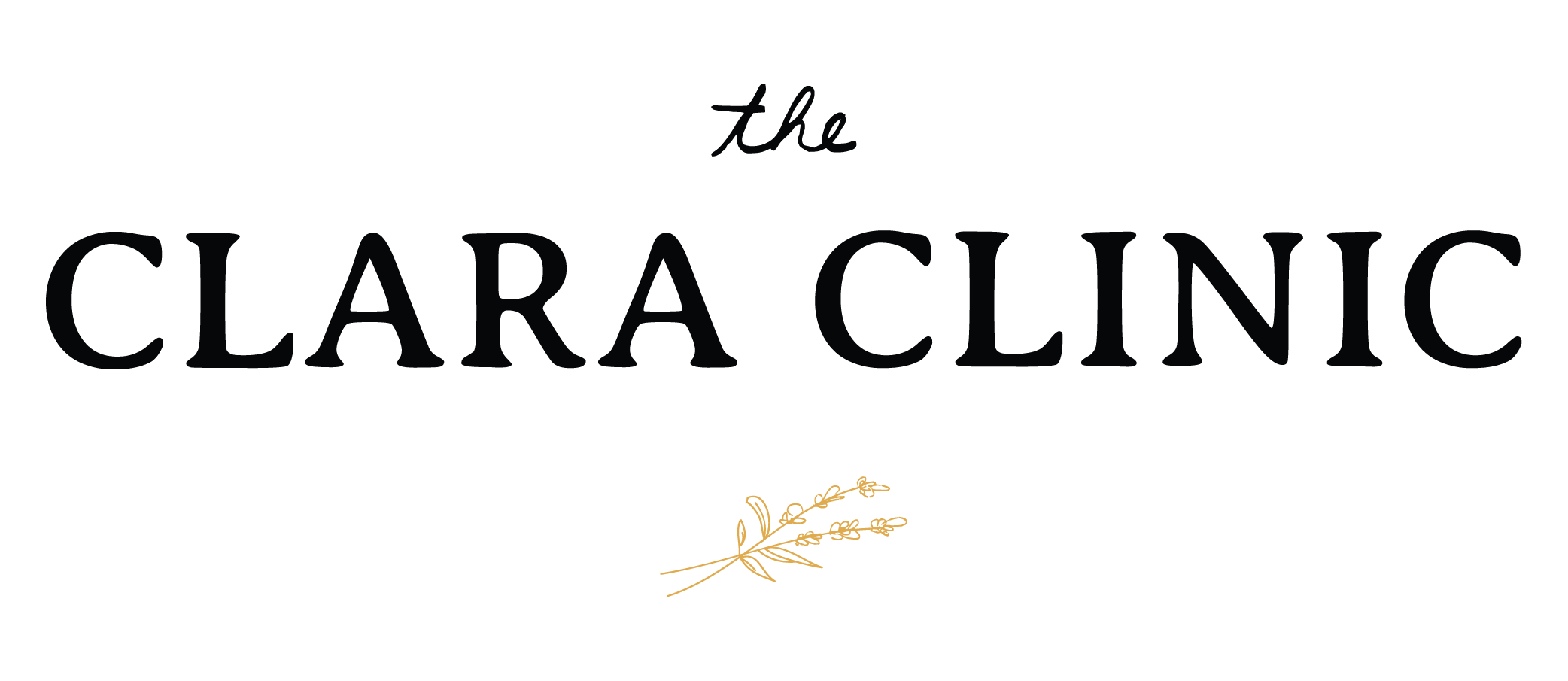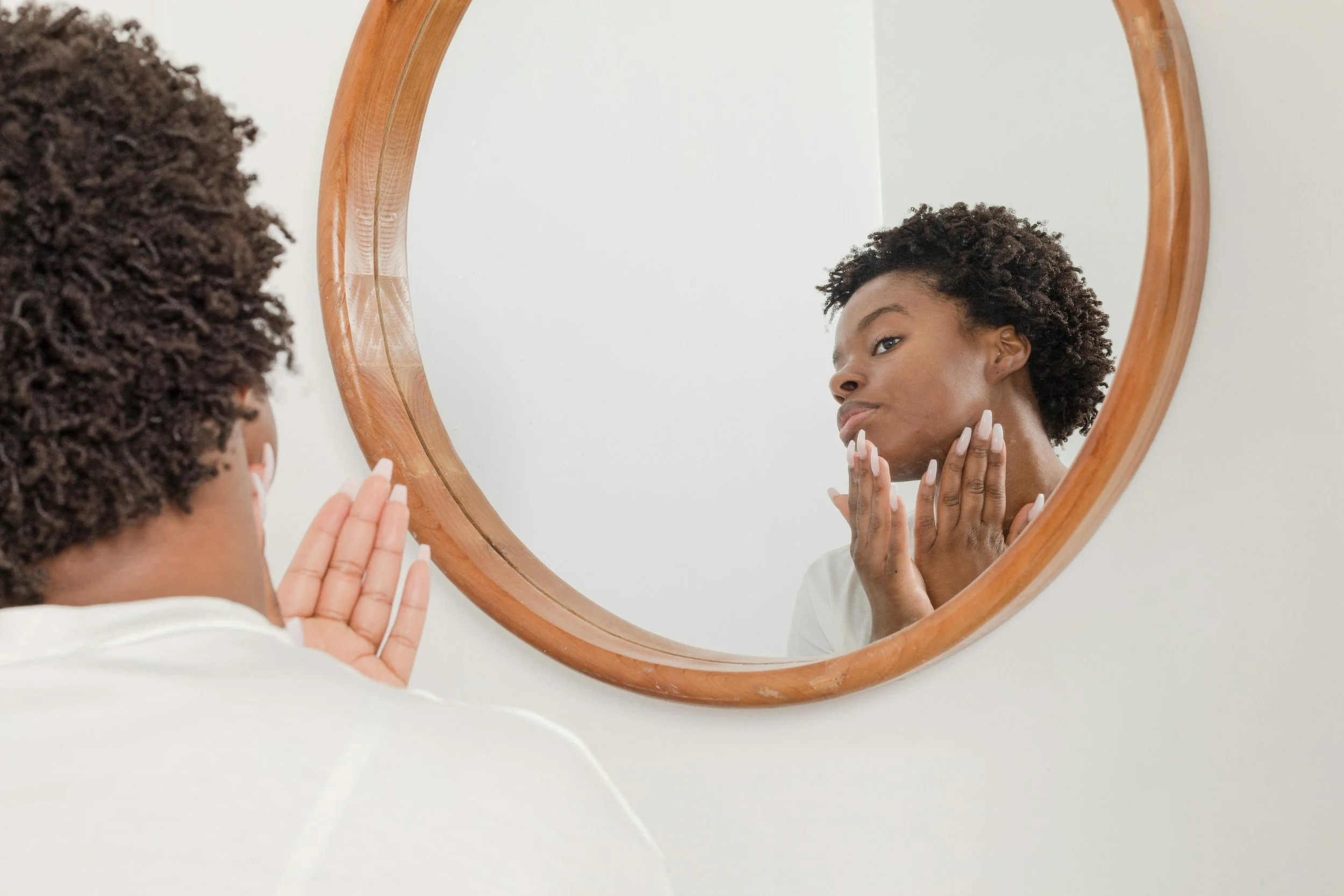Post-Acne Skin Healing: How to Reduce Redness, Pigmentation & Scarring
You’ve done the work to calm a breakout—but now you’re left with stubborn marks that linger long after the inflammation fades. Whether they show up as dark spots, pink patches, or uneven texture, post-acne skin changes can feel just as frustrating and emotionally taxing as the acne itself.
The good news? These marks are not permanent, and there are evidence-based ways to support your skin’s healing both from the inside and out. Let’s break down what’s happening beneath the surface and how a whole-body approach can help fade the reminders of past breakouts.
Understanding The Types of Post-Acne Marks
The first step toward healing is identifying what type of mark you’re dealing with. Not all post-acne marks are the same—and each type requires a tailored strategy:
Post-Inflammatory Hyperpigmentation (PIH)
These are flat spots that range from brown to purple or gray, caused by increased melanin production following inflammation. PIH is more common in medium to deep skin tones and can persist for months without treatment.
Post-Inflammatory Erythema (PIE)
These red or pink marks result from dilated capillaries near the skin’s surface. Unlike PIH, they are more common in lighter skin tones and often fade on their own—but the process can be slow.
acne scars
These are changes in skin texture due to damage deep within the dermis. They may appear as atrophic (indented) scars like ice pick or rolling scars, or hypertrophic (raised) scars. These require a more structured approach to rebuild collagen and restore smoothness.
Step 1: Prevention Starts Before The Pimple Heals
The most effective way to avoid lingering marks is to prevent them in the first place by minimizing inflammation and tissue damage.
Avoid picking or squeezing. This can force bacteria and inflammation deeper into the skin, increasing the risk of scarring and pigmentation.
Treat acne early and effectively. The longer a breakout lasts, the more damage it can cause. Addressing the root causes—whether hormonal, dietary, or stress-related—reduces the likelihood of severe or recurring breakouts.
Use gentle skincare. Harsh treatments or over-exfoliating can worsen inflammation and compromise the skin barrier, making marks worse.
Step 2: Support Skin Regeneration from Within
Healthy, radiant skin starts from the inside. Your skin’s ability to heal after inflammation is directly influenced by nutrient status, immune function, and your body’s natural repair processes.
Here are some skin-healing nutrients to prioritize:
Protein: Essential for collagen synthesis and wound healing. Aim to include high-quality protein sources at each meal.
Zinc: Plays a vital role in tissue repair, immune function, and inflammation control. Found in foods like pumpkin seeds, lentils, and shellfish.
Vitamin A: Helps normalize skin cell turnover and reduce excess keratin, which can block pores and delay healing. Focus on beef liver, cod liver oil, sweet potatoes, carrots, and spinach.
Vitamin C: Required for collagen production and antioxidant protection. Include plenty of colourful fruits and vegetables.
Omega-3 Fatty Acids: Found in flaxseed, walnuts, and fatty fish, omega-3s help calm inflammation and support the skin barrier.
Step 3: Incorporate Skin-Supportive Therapies
While internal healing lays the foundation, targeted external therapies can speed up the resolution of post-acne marks and improve skin texture.
LED Light Therapy (Red Light): Red light reduces inflammation, encourages collagen production, and can visibly reduce both PIH and PIE over time with regular use.
Facial Acupuncture: This gentle therapy boosts circulation, calms inflammation, and stimulates the skin’s natural regenerative processes without irritation.
Microneedling: A popular treatment that uses fine needles to create micro-injuries in the skin, stimulating collagen and elastin to improve scars and pigmentation. Best performed by trained professionals with post-care support.
Chemical Peels or Enzymes: Depending on your skin type, mild peels can promote exfoliation and accelerate cell turnover, improving tone and clarity over time.
Step 4: Address the Root Causes of Persistent Marks
If post-acne marks are slow to heal or appear after every breakout, there may be deeper issues at play:
Hormonal Imbalances: Elevated androgens (like testosterone or DHEA) can increase oil production, worsen inflammation, and prolong healing. It is also important to rule out conditions like PCOS as they may contribute to chronic acne and post-inflammatory marks.
Gut Health: An unhealthy gut can affect nutrient absorption, detox pathways, and inflammation. Constipation, bloating, or frequent indigestion are signs your gut might be playing a role.
Blood Sugar Dysregulation: Spikes and crashes in blood sugar increase insulin, which in turn raises androgens and inflammation. A balanced diet with steady meals, protein, fibre, and healthy fats is essential.
Chronic Stress: High cortisol slows tissue repair and disrupts hormone balance. Stress management techniques like breathwork, acupuncture, and time in nature can help your skin recover more effectively.
How I Can Help
Post-acne healing is not just about products—it’s about supporting your body’s healing systems from the inside out.
In my practice, I offer a comprehensive and individualized approach to skin healing. Together, we’ll assess the underlying factors that are slowing your skin’s recovery and develop a treatment plan that may include:
Functional testing for hormones, nutrients, or gut health
Nutritional support and therapeutic supplementation
Personalized skincare recommendations
Acupuncture and mind-body therapies to reduce stress and improve circulation
Final Thoughts
If you’re feeling discouraged by the lingering signs of past acne, know that healing is possible. Post-acne marks can be stubborn, but with the right approach, your skin can renew itself and regain clarity. Book a free 15-minute discovery call to learn how we can work together to support your skin’s recovery, naturally and sustainably.
Ready to make a change?
If you're searching for more guidance on how to best support your acne & post acne-marks, I invite you to book an appointment with me here.
Wishing you all the best,
Dr. Simone Pirita, ND


